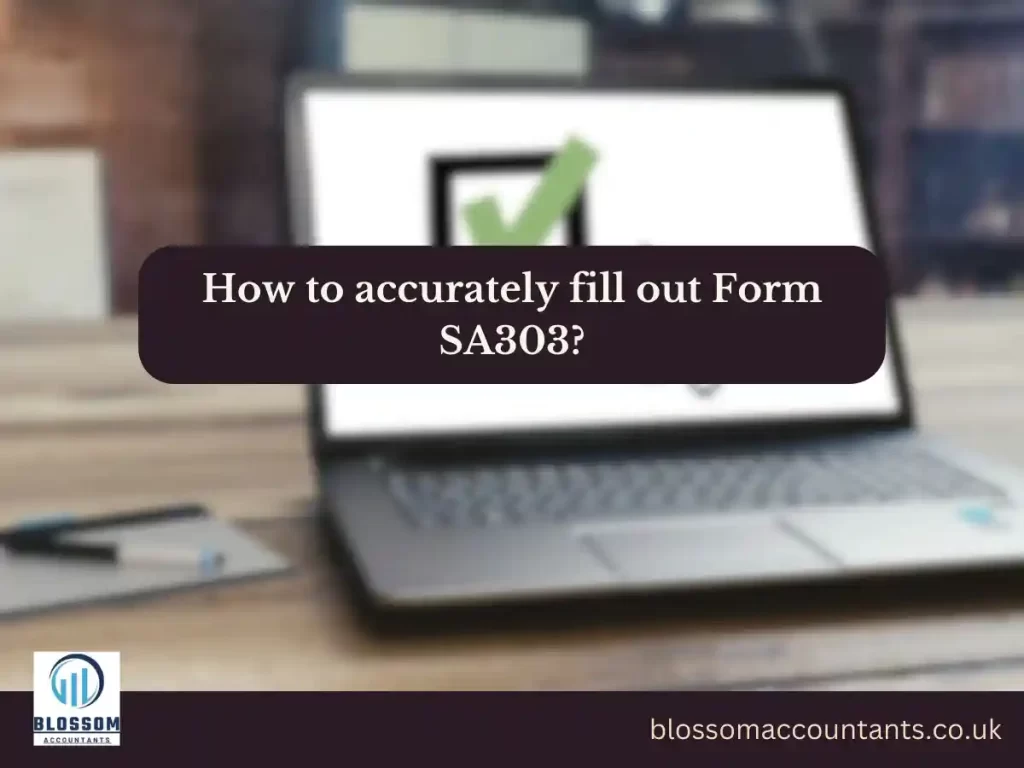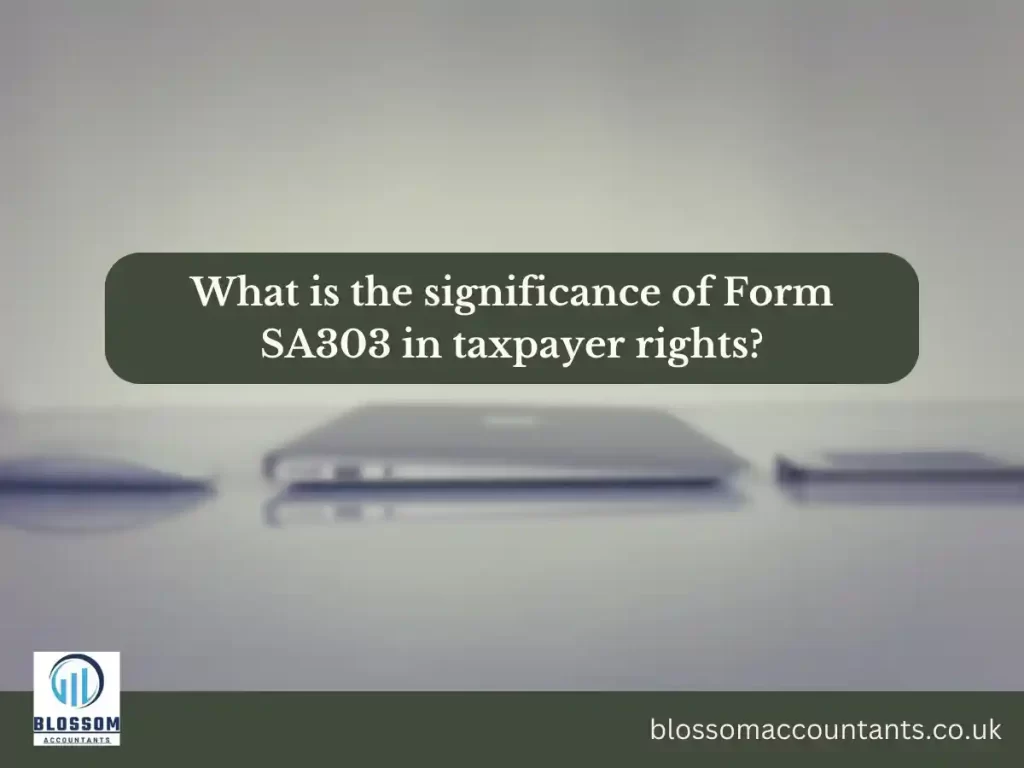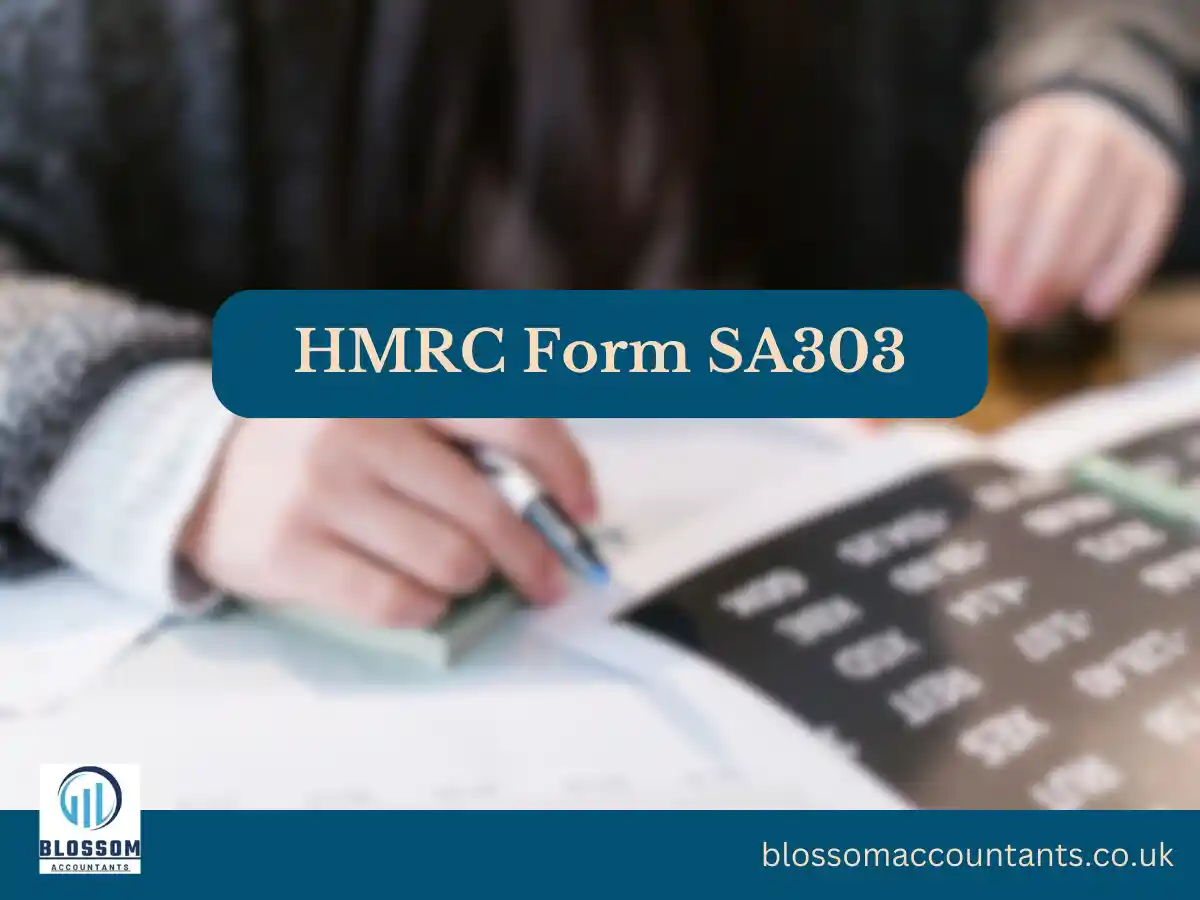HMRC Form SA303 is a significant document in the UK tax system, specifically designed to assist taxpayers who wish to claim a refund for overpaid tax or make adjustments to their Self Assessment tax return.
In this comprehensive article, we will delve into the details of HMRC Form SA303, its purpose, who should use it, the situations in which it is applicable, how to fill it out correctly, submission process, potential outcomes, and the importance of accurate and timely filing.
Table of Contents
What is HMRC Form SA303?
HMRC Form SA303 is an application for taxpayers to claim a refund of overpaid tax or make adjustments to their Self Assessment tax return.
What is the purpose of Form SA303?
The primary purpose of Form SA303 is to provide a formal avenue for taxpayers to claim a refund of excess tax payments or rectify errors on their Self Assessment tax return.
Who should use Form SA303?
Individuals who have overpaid tax or identified errors on their Self Assessment tax return should use Form SA303 to claim a refund or correct the inaccuracies.
What situations warrant the use of Form SA303?
Form SA303 is used when taxpayers have overpaid tax due to various reasons, such as overestimation of tax liability, changes in circumstances, or corrections to previously submitted tax returns.
How to accurately fill out Form SA303?
Taxpayers need to provide their personal information, details of overpaid tax, reasons for the overpayment, and any supporting documents to substantiate their claim.
Also read: HMRC Form SA800

Can Form SA303 be submitted online?
Yes, Form SA303 can be submitted online through the official HMRC website, making the process convenient and efficient.
What happens after submitting Form SA303?
After submission, HMRC reviews the form and supporting documents. If the claim is valid, HMRC processes the refund or makes the necessary adjustments to the taxpayer’s account.
Are there any potential outcomes of submitting Form SA303?
The outcomes vary based on the claim. Taxpayers might receive a refund, have their tax liability adjusted, or receive communication from HMRC seeking additional information.
Is there a deadline for submitting Form SA303?
Form SA303 should ideally be submitted as soon as the taxpayer identifies an overpayment or error. However, it must be submitted within four years from the end of the tax year to which the claim relates.
What role does accuracy play in Form SA303 submission?
Accuracy is crucial in Form SA303 submission, as any inaccuracies or incomplete information might lead to delays in processing or rejection of the claim.

What happens if Form SA303 is rejected?
If Form SA303 is rejected, taxpayers should carefully review the rejection notice, rectify the issues, and resubmit the form with accurate information.
Can professional tax advisors assist with Form SA303?
Yes, individuals seeking expert guidance can engage professional tax advisors to ensure accurate completion and submission of Form SA303.
How does Form SA303 contribute to efficient tax administration?
Form SA303 streamlines the process of claiming refunds or rectifying errors, reducing administrative burdens on both taxpayers and HMRC.
How does Form SA303 align with HMRC’s commitment to taxpayer support?
Form SA303 exemplifies HMRC’s commitment to providing accessible means for taxpayers to claim refunds and make corrections without undue complexity.
What is the significance of Form SA303 in taxpayer rights?
Form SA303 empowers taxpayers to exercise their right to claim refunds or make corrections, promoting transparency and fairness in tax transactions.
Also read: HMRC Form SA101

Are there any special considerations for complex tax cases?
In complex cases, taxpayers might need to provide additional documentation or explanations to support their claim through Form SA303.
How does Form SA303 contribute to reducing tax stress for individuals?
Form SA303 provides a clear and structured process for individuals to address overpaid tax or errors, alleviating stress related to tax matters.
Can Form SA303 be used for both income and capital gains tax adjustments?
Yes, Form SA303 can be used for both income tax and capital gains tax adjustments, covering a wide range of tax-related issues.
How can taxpayers stay informed about changes in Form SA303 requirements?
Taxpayers can stay informed by regularly checking the official HMRC website, accessing online resources, or seeking advice from tax professionals.
What is the future outlook for Form SA303 and tax adjustments?
Form SA303 is likely to continue evolving to align with changes in tax regulations, technology advancements, and the goal of simplifying tax processes for individuals.
Conclusion HMRC Form Sa303:
HMRC Form SA303 serves as a valuable tool for individuals to claim overpaid tax refunds or correct errors on their Self Assessment tax returns. By providing a structured and accessible means for taxpayers to address such issues, Form SA303 reflects HMRC’s commitment to efficient tax administration and taxpayer support. As taxpayers accurately complete and submit Form SA303, they not only ensure that their tax affairs are in order but also contribute to the integrity and transparency of the UK tax system. Through Form SA303, individuals exercise their right to accurate tax reporting, fostering a fair and balanced financial environment for all parties involved.
DISCLAIMER: We have written the UK accounting and tax related details for your information only. For professional advice or for any accounting task you require, you may need to speak to a professional accountant near you who can assist you. Please read our disclaimer for more details.

